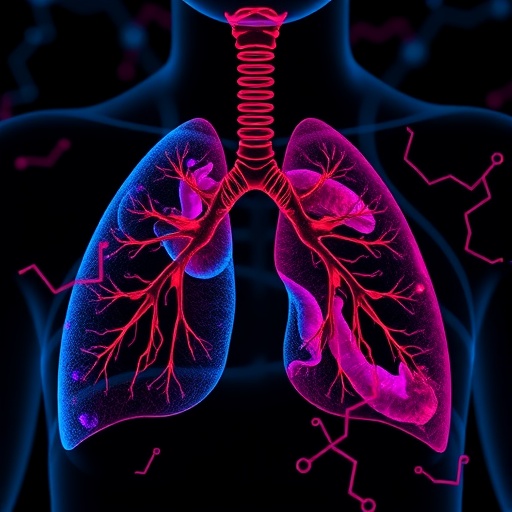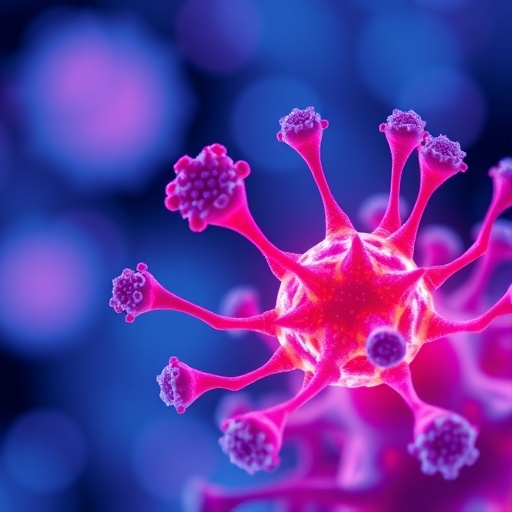In recent years, the molecule nicotinamide adenine dinucleotide (NAD+) has transformed from a largely biochemical curiosity into a focal point of intense biomedical research. While historically recognized primarily for its fundamental role as a redox cofactor in cellular metabolism, NAD+ and its phosphorylated counterpart, NADP+, are now seen as pivotal regulators at the crossroads of cellular signaling, epigenetic control, and systemic energy balance. This molecular evolution in our understanding underscores the ubiquity and complexity of NAD+ biology, particularly as it relates to human aging and neurodegenerative diseases—areas where effective therapeutic options remain desperately needed.
NAD+ is essential for life because it serves as a substrate for a growing array of enzymes beyond classical dehydrogenases. In particular, enzymes such as sirtuins, PARPs (poly ADP-ribose polymerases), and CD38 use NAD+ to catalyze reactions that influence DNA repair, chromatin structure, and intracellular calcium signaling. The depletion of NAD+ levels observed during aging and disease states appears to exacerbate cellular dysfunction and tissue degeneration, suggesting that maintaining or restoring NAD+ concentrations could be a viable strategy to slow or possibly reverse aspects of biological aging.
Excitingly, this conceptual framework has precipitated a surge of clinical trials investigating NAD+ modulation through precursor supplementation. Conventional precursors such as nicotinic acid (niacin) and nicotinamide have been studied extensively, but the recent advent of subtler NAD+ boosters like nicotinamide riboside (NR) and nicotinamide mononucleotide (NMN) has opened new therapeutic avenues. These agents seek to augment NAD+ biosynthesis by bypassing rate-limiting steps and thereby efficiently replenishing intracellular NAD+ pools without incurring the side effects seen with high-dose classical precursors.
Safety profiles gleaned from these clinical interventions have, so far, been generally reassuring, though long-term data remain scarce. Early-phase human trials involving NR and NMN have reported few adverse effects, and these interventions have shown preliminary evidence of enhancing NAD+ bioavailability in tissues including muscle and brain. However, the pharmacokinetics, optimal dosing regimens, and routes of administration require further refinement to maximize clinical benefit and minimize variability in individual responses, which may be influenced by genetics, underlying health status, and metabolic context.
Technological advances in both the mass production and detection of NAD+ and its analogs are catalyzing translation from bench to bedside. Biotechnological innovations now enable scalable synthesis of NAD+ precursors with high purity and at lower costs, addressing a significant barrier to widespread clinical use. Concurrently, breakthroughs in real-time NAD+ monitoring—employing biosensors and imaging modalities—are facilitating nuanced assessments of NAD+ dynamics within living systems, potentially enabling personalized treatment protocols that adapt to the metabolic state of each patient.
The implications for aging research are profound. The decline of NAD+ levels in multiple tissues has been repeatedly linked to hallmark features of aging, including mitochondrial dysfunction, impaired DNA repair, chronic inflammation, and stem cell exhaustion. By restoring NAD+ homeostasis, it may be possible not only to enhance healthspan but also to mitigate the onset or progression of age-associated neurodegenerative conditions such as Alzheimer’s and Parkinson’s diseases, disorders where NAD+ depletion appears particularly detrimental.
Clinical trials targeting neurodegeneration have generated considerable interest. Experimental data suggest that augmenting NAD+ levels can bolster neuronal resilience by activating sirtuins and enhancing mitochondrial function. While human evidence is still emerging, several ongoing studies seek to evaluate whether NAD+ precursors can slow cognitive decline or improve motor outcomes in neurodegenerative cohorts, a pursuit that could revolutionize the management of these currently incurable diseases.
However, considerable challenges obstruct the routine clinical integration of NAD+ therapies. The heterogeneity in trial designs, inconsistent biomarker assessments, and short duration of many studies complicate interpretation. Moreover, the diversity of NAD+ metabolic pathways and their tissue-specific nuances demand a more granular understanding before broad clinical application can be endorsed. In particular, the balance between NAD+ consumption by repair enzymes versus its biosynthesis remains an area ripe for exploration.
Going forward, large-scale, rigorously controlled longitudinal trials will be paramount to establish not only efficacy but also long-term safety, since chronic modulation of NAD+ metabolism could have unforeseen systemic effects. Critical questions remain around the ideal timing for intervention, whether in midlife preventative settings or as therapeutic measures in advanced disease stages. Furthermore, the interplay between NAD+ metabolism and other metabolic regulators such as AMP-activated protein kinase (AMPK) and mechanistic target of rapamycin (mTOR) pathways merits deeper investigation.
Beyond traditional NAD+ boosters, emerging molecules and derivatives with improved pharmacodynamics and targeted tissue delivery capabilities are under advanced preclinical evaluation. These second-generation compounds may overcome bioavailability limitations and target specific cellular compartments or pathologies more effectively, heralding a new era in NAD+ therapeutics. Their development is tightly linked to advances in nanotechnology and synthetic biology, which together are enabling precise modulation of intracellular NAD+ pools.
The expanding role of NAD+ also intersects increasingly with the burgeoning field of epigenetics. Sirtuins and related enzymes mediate chromatin remodeling in response to NAD+ availability, thereby influencing gene expression patterns fundamental to cell fate decisions and organismal aging. Thus, NAD+ supplementation may exert pleiotropic effects via epigenetic reprogramming, with ramifications for cancer biology, immune responses, and metabolic diseases, further broadening its therapeutic scope.
Parallel advances in computational modeling and systems biology are providing critical insights into the complex NAD+ metabolome and its integration within cellular metabolic networks. These tools allow researchers to simulate diverse perturbations and predict outcomes of NAD+ modulation, accelerating hypothesis generation and the rational design of novel interventions. Additionally, they facilitate stratification of patient populations based on metabolic phenotypes, a crucial step towards precision medicine paradigms centered on NAD+.
Importantly, researchers underscore the need to account for interindividual variability in NAD+ metabolism, which may influence responsiveness to supplementation. Genetic polymorphisms affecting biosynthetic enzymes, differential expression of NAD+-consuming proteins, and lifestyle factors such as diet and exercise all converge to shape NAD+ physiology. Tailoring NAD+-based therapies requires elucidation of these determinants to identify responders versus non-responders and minimize adverse events.
Collectively, the emerging landscape of NAD+ research encapsulates a dynamic interplay between fundamental biochemistry, translational science, and clinical medicine. By leveraging advances spanning molecular biology, pharmacology, and technology, the prospect of safely harnessing NAD+ to combat aging and neurodegenerative diseases edges closer to reality. The promise of these strategies lies not only in extending lifespan but, more crucially, in enhancing the quality of life, a pursuit that resonates deeply across society.
As the field matures, continuity between academic research, pharmaceutical development, and clinical practice will be vital. Collaborative consortia integrating diverse expertise and resources are accelerating innovation, alongside regulatory frameworks adapting to novel supplement and drug paradigms. Transparent reporting of trial data, both positive and negative, will further catalyze progress, ensuring that NAD+-centric interventions fulfill their vast potential without compromise to patient safety.
In summary, NAD+ has ascended from a classical metabolic cofactor to a versatile signaling metabolite at the nexus of cellular health and disease. Advances in our understanding of its multifaceted roles, coupled with technological innovations, are propelling a new generation of clinical strategies aimed at rejuvenation and neuroprotection. While challenges remain, the growing corpus of evidence heralds a paradigm shift in medicine, wherein the modulation of a single metabolite reverberates through the genome, epigenome, and proteome to orchestrate systemic wellness.
Subject of Research:
Nicotinamide adenine dinucleotide (NAD+) metabolism and its therapeutic targeting in aging and neurodegenerative diseases.
Article Title:
Emerging strategies, applications and challenges of targeting NAD+ in the clinic.
Article References:
Zhang, J., Wang, HL., Lautrup, S. et al. Emerging strategies, applications and challenges of targeting NAD+ in the clinic. Nat Aging (2025). https://doi.org/10.1038/s43587-025-00947-6
Image Credits: AI Generated
DOI:
https://doi.org/10.1038/s43587-025-00947-6
Keywords:
NAD+, NADP+, nicotinamide riboside, nicotinamide mononucleotide, aging, neurodegeneration, sirtuins, PARPs, NAD+ precursors, clinical trials, bioavailability, epigenetics, metabolism, energy homeostasis




